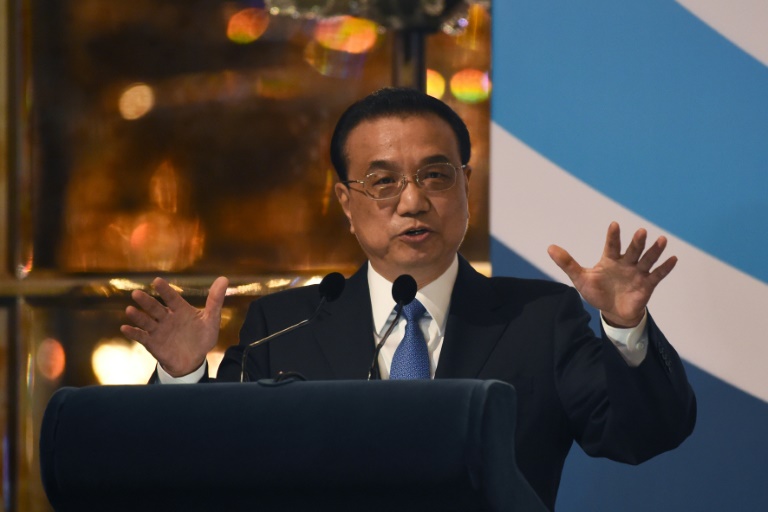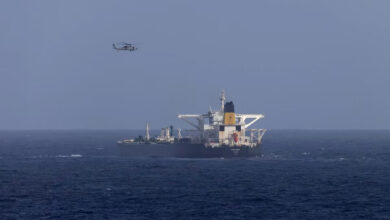
China is touting itself as the new defender of global commerce as it works with Asia-Pacific leaders to hammer out the world’s largest trade deal — with the United States relegated to the sidelines.
World leaders gathered in Singapore this week for a summit where a massive Beijing-backed agreement covering half the world’s population has dominated discussions.
Diplomats have been trying to nail down details as Beijing entices its neighbors to join a pact seen as an antidote to President Donald Trump’s “America First” protectionist trade policy.
The US has imposed tariffs on roughly half of what it imports from China, prompting Beijing to retaliate with its own levies.
China, Japan, India and other Asia-Pacific countries are expected to announce progress on the Regional Comprehensive Economic Partnership (RCEP) later Wednesday.
Beijing had hoped to have the meat of the deal done by the end of this year, but the timetable has now slipped to 2019. However, this has not stopped Chinese leaders from basking in the progress already made.
During a meeting with Southeast Asia leaders, Chinese Premier Li Keqiang said he was hopeful talks would “break through the ceiling” and take regional trade “to new heights”.
Trump is not at the summit, nor a subsequent gathering of world leaders in Papua New Guinea at the end of the week, having sent Vice President Mike Pence instead.
National Security Advisor John Bolton, however, told reporters in Singapore that the president’s no-show should not be seen as a lack of commitment towards the region.
He blamed a “schedule crunch” after a particularly frenetic few weeks that included the midterm elections, attending the World War I armistice commemorations in France and preparing for the G20 in Argentina later this month.
Rival trade pacts
This week’s meetings are the biggest in a series of annual gatherings organized by regional bloc the Association of Southeast Nations (ASEAN), and are attended by 20 leaders.
RCEP was given extra impetus after Trump pulled the US out of the rival Trans-Pacific Partnership (TPP).
That deal was spearheaded by predecessor Barack Obama and aimed to bind fast-growing Asian powers into an American-backed order to counter China.
The TPP is still alive even without Washington — and will come into effect in December — but RCEP, if realized, will be the world’s biggest trade deal.
However, the Beijing-backed pact is much less ambitious than the TPP in areas such as employment and environmental protection.
There are still major sticking points in RCEP talks — with regional rival India particularly nervous about giving Chinese companies greater access to its markets, and wealthier nations wanting to see more progress on labor reforms.
Disagreements on intellectual property rights, goods tariffs and financial services are also on a long list of issues that still need to be concluded, according to a draft statement seen by AFP.
Image credit: AFP / Roslan RAHMAN




